Can Massage Help Pain that Travels? Cambridge MA
May 13, 2024
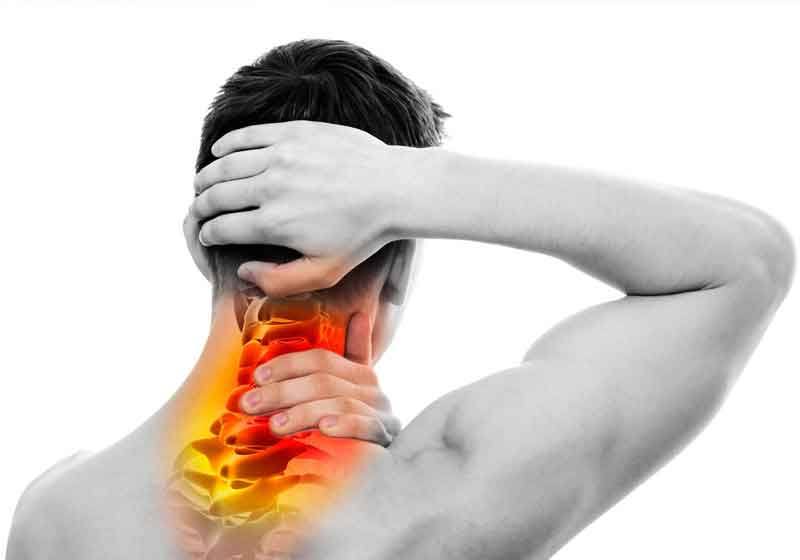
Question: Why does an injury to the neck cause pain that travels to the arm and hand?
Answer: Referred Pain
Pain that travels in your body is called Referred Pain. This phenomenon means the injury is in one place, and the pain is in another. Understanding this phenomenon helps you better understand your body’s responses to pain.
Neck Injuries Hurt in Many Places
An injury in the neck might only hurt in the upper back or near the shoulder blade. A shoulder injury might only hurt right above the elbow or in the forearm, not the shoulder. And a lower back injury might just hurt in the leg or the foot and not in the back at all. Understanding what’s going on can be difficult unless you know about referred pain. Can massage help pain that travels? Yes, as long as the therapist understands referred pain.
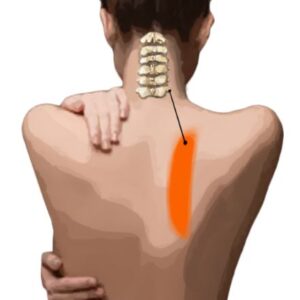
Pain that Travels
The only places in the body that refer pain are the Shoulders, the Neck, the mid back, the Lower Back, and the Hip Joints.
Pain that Doesn’t Travel
The areas of the body that don’t refer pain are the Elbows, Forearms, Wrists, Hands, Thighs, Knees, Lower Legs and Feet.
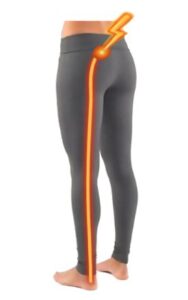
For example, foot pain is probably from an injury to your foot, but pain in the lower back can also refer pain to the foot. If you move your foot and it hurts, the injury is likely in the foot. If you move your lower back and your foot hurts, the injury is likely in the lower back. What’s happening is that your back injury is referring pain to your foot.
Guidelines for How Referred Pain Works
1 Pain Refers to the Periphery
Referred pain always travels from the center of your body to the periphery. So, an injury to the left side of your neck will refer pain down the left arm toward the hand but not from the hand toward the neck.
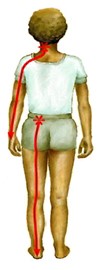
2 Referred Pain Does Not Cross the Midline of the Body
Referred pain doesn’t cross the middle of the body. So, if you have a pain in your left shoulder, it will refer pain down the left arm toward the wrist. The pain never travels to the right shoulder or arm. However, if you injure your left shoulder, you might try not to use it and then overuse your right shoulder, causing a new injury resulting in pain in the right shoulder. That’s not a referred pain; those are two separate injuries. This occurs because the person is compensating for their injury by using the other hand, arm, and shoulder more.
3 The More Severe the Farther the Pain is Travels
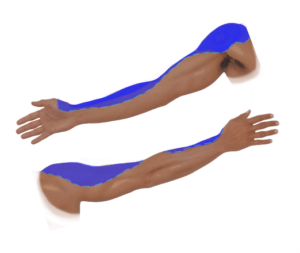
The final guideline is that the more severe the injury, the farther the pain travels. For example, a mild shoulder injury might hurt just a few inches down the arm, a moderate injury might be painful to the elbow, and a severe injury might be painful all the way down to the wrist.
If you have an injury in the neck, the pain can travel in many directions. For example, it can travel up into your head and give you pain that feels like a headache. It can travel down your arms into your hands, down your upper back to the bottom of your shoulder blades, or down your chest to just below the breasts. The pain can also be referred to all of those areas at once. Which leaves us in a bad situation.
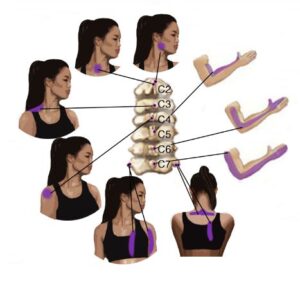
I have seen clients who thought they had multiple serious things wrong with them when, in fact, they had one issue: a neck injury that could be effectively treated once it was assessed and understood.
Understanding Your Pain
Understanding where the pain is actually coming from is the key to treating an injury. This can be hard to do if you are unfamiliar with referred pain. Moving forward, this can help you better communicate with a professional knowledgeable about pain assessment.
If you are experiencing traveling or referred pain and live in the Boston area, schedule an appointment or a complimentary 10-15 minute phone consultation.
Schedule an Appointment or Call →
Ben E. Benjamin holds a Ph.D. in Sports Medicine and was the founder and President of the Muscular Therapy Institute in Cambridge, Massachusetts. He is the author of dozens of articles on working with injuries and chronic pain as well as the widely used books in the field, Are You Tense?, Exercise Without Injury and Listen To Your Pain: The Active Person’s Guide to Understanding, Identifying and Treating Pain and Injury. Dr. Benjamin has been in private practice for over 50 years and teaches therapists throughout the country.
Related Posts
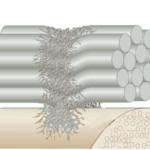
Why Does My Old Injury Still Hurt?
Question: What is the common denominator of chronic pain?
Answer: ADHESIVE SCAR TISSUE

Can Massage Therapy Help Lower Back Pain Cambridge, MA?
Lower back pain is experienced by at least 50 million people each year in the United States alone. My own severe back pain when I was a teenager is what led me into this field. Back pain is often a debilitating, terrible experience. But it can also be annoying and limiting. I’ve treated hundreds of […]

Massage Therapy for Chronic Neck Pain Near Cambridge, MA
Question: What’s the most common cause of chronic neck pain? Answer: Ligament sprains The Causes of Pain in Your Neck For many reasons, your neck can be painful, but most people are unaware of the most common cause of chronic neck pain. Sprained or severely injured muscles can cause pain in the neck, but muscles […]
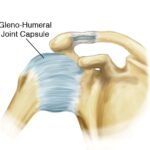
Can a Massage Therapist Fix a Frozen Shoulder in Cambridge, MA
Question: Does a frozen shoulder always go away with time? Answer: Often no. The Causes of Frozen Shoulder A frozen shoulder can be incredibly painful. The pain originates in the shoulder joint. A joint is formed where any two bones meet. It’s the enclosed space between your upper arm bone, the humerus, which is […]

Can Massage Therapy Help Hamstring Pain Near Cambridge, MA
Question: Do you think a similar pain in the back of the thigh while running can be attributed to a hamstring injury or a lower back injury? True or False? Answer: True Hamstring Anatomy You have three hamstring muscles in the back of your thigh. Every muscle has a tendon that attaches it to […]
